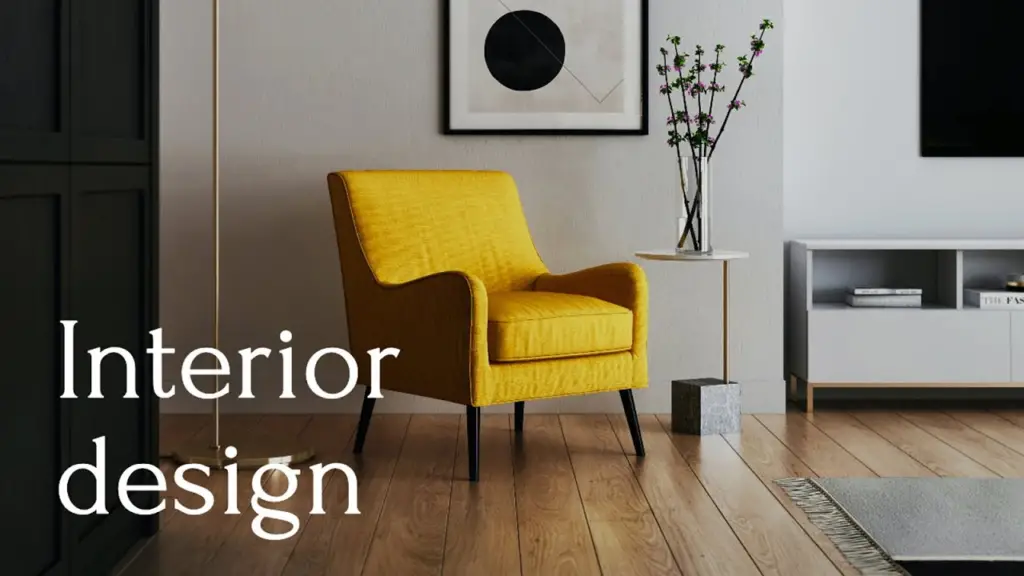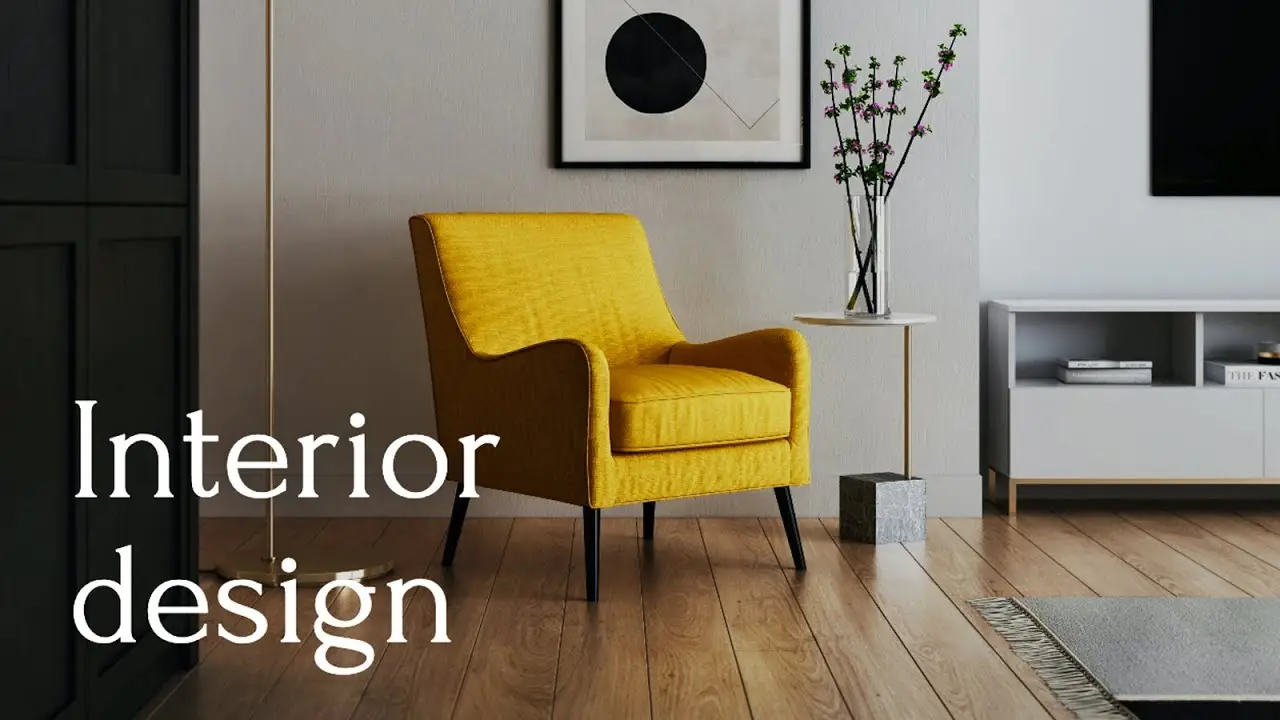Civil engineering and interior design are two distinct fields that often work together in creating functional spaces. Civil engineering focuses on the design, construction, and maintenance of the physical and natural built environment, while interior design is concerned with the aesthetic and functional aspects of interior spaces. The intersection of these two fields can lead to the creation of functional spaces that meet the needs of the occupants while also maintaining structural integrity.

Civil Engineering in Interior Design
When it comes to interior design, civil engineering plays an important role in ensuring that the design is structurally sound and that the building systems are efficient. One of the most critical aspects of civil engineering in interior design is the importance of structural integrity. Civil engineers work to ensure that the building can withstand the weight of the interior design elements, including furnishings, fixtures, and finishes.
HVAC systems are another area where civil engineering and interior design intersect. Heating, ventilation, and air conditioning (HVAC) systems play a crucial role in maintaining indoor air quality and temperature. In interior design, the placement of vents, ductwork, and other components must be carefully considered to ensure that they do not interfere with the aesthetic design. At the same time, the HVAC system must be designed to meet the needs of the occupants while maintaining energy efficiency.
Electrical systems and lighting design are also areas where civil engineering plays a critical role in interior design. Electrical systems must be designed to meet the electrical needs of the occupants while also being safe and energy efficient. Lighting design is a critical aspect of interior design, as it can affect the mood, productivity, and overall experience of the occupants. Civil engineers must ensure that the electrical system is designed to support the lighting design while maintaining energy efficiency.
Plumbing and water supply systems are also essential components of interior design. In addition to ensuring that the plumbing system is safe and efficient, civil engineers must consider the placement of pipes and fixtures like kitchen sinks in relation to the aesthetic design. Accessibility and universal design are also essential considerations in interior design, as they ensure that the space can be used by people of all abilities.
Interior Design in Civil Engineering
Interior design also plays a critical role in civil engineering, particularly in the areas of aesthetics, space planning, and materials selection. Aesthetics are an essential consideration in civil engineering, as the design must be visually appealing while also being functional. Interior design can help to create a cohesive look and feel throughout the building, from the lobby to the individual rooms.
Space planning is another critical area where interior design and civil engineering intersect. Space planning involves the efficient use of building space to meet the needs of the occupants. Interior design can help to create functional spaces that maximize the available space while also providing a comfortable and aesthetically pleasing environment.
Interior finishes and materials selection are also essential components of interior design in civil engineering. The choice of materials can affect the durability, maintenance, and overall aesthetic of the building. Interior designers work closely with civil engineers to select materials that meet the project’s needs while also being safe, sustainable, and cost-effective.
Acoustics and soundproofing are also critical considerations in interior design. Civil engineers must design the building to minimize noise pollution while also ensuring that the building meets the occupants’ needs. Interior designers can help to create sound-absorbing spaces that minimize noise and provide a comfortable environment.
Like Us on Facebook!
Environmental sustainability is another critical consideration in interior design. Interior designers must work closely with civil engineers to select sustainable materials and design features that minimize the building’s environmental impact. This includes selecting energy-efficient systems and materials, using sustainable materials, and designing for natural light and ventilation.
Subscribe Us on YouTube!
Also Read: Innovative Materials and Techniques in Civil Engineering for Roofing Solution
Collaboration between Civil Engineers and Interior Designers
Collaboration between civil engineers and interior designers is essential for creating functional spaces that meet the needs of the occupants while also maintaining structural integrity. Early collaboration in the design process is critical to the success of the project. By working together from the beginning, civil engineers and interior designers can identify potential challenges and opportunities for synergy. Early communication is also critical, as it allows both parties to clearly communicate their needs and requirements.
Challenges can arise when collaborating between civil engineers and interior designers. One of the most significant challenges is the potential for conflicting requirements. Civil engineers may prioritize structural integrity, while interior designers may prioritize aesthetics. However, by working together and finding common ground, these challenges can be overcome. Collaboration can lead to innovative solutions that meet the needs of both parties.
Case study examples of successful collaboration between civil engineers and interior designers can provide insight into the benefits of working together. One example is the renovation of the historic Strand Theater in Boston. The project involved a collaboration between civil engineers, architects, and interior designers to create a functional and aesthetically pleasing theater that meets the needs of the occupants while also maintaining the building’s historical integrity.
In the renovation of the Strand Theater, the collaboration between the civil engineers and interior designers was essential to the success of the project. The design team worked together to identify potential challenges and opportunities for synergy. They developed a design that maintained the historical integrity of the building while also incorporating modern technology and design elements. The team also worked together to ensure that the building met all necessary safety and accessibility requirements.
Another example of successful collaboration between civil engineers and interior designers is the New York Times Building. The building was designed with both sustainability and functionality in mind. The design team worked together to create an efficient HVAC system that was both energy-efficient and aesthetically pleasing. The building’s interior was also designed to maximize natural light while providing a comfortable and productive workspace.
Challenges can arise when collaboration between civil engineers and interior designers is not successful. One example is the Sydney Opera House, where the interior design did not take into account the structural requirements of the building. This resulted in a design that was aesthetically pleasing but did not meet the necessary structural requirements. As a result, the building required significant renovations to meet safety requirements and remain functional.
Conclusion
In conclusion, the intersection of civil engineering and interior design is critical for creating functional spaces that meet the needs of the occupants while also maintaining structural integrity. Civil engineering plays a vital role in ensuring that the building is safe and efficient, while interior design helps to create aesthetically pleasing and functional spaces. Collaboration between the two fields is essential for success, and early communication and collaboration can lead to more integrated and successful projects. By working together, civil engineers and interior designers can create spaces that are both beautiful and functional.























